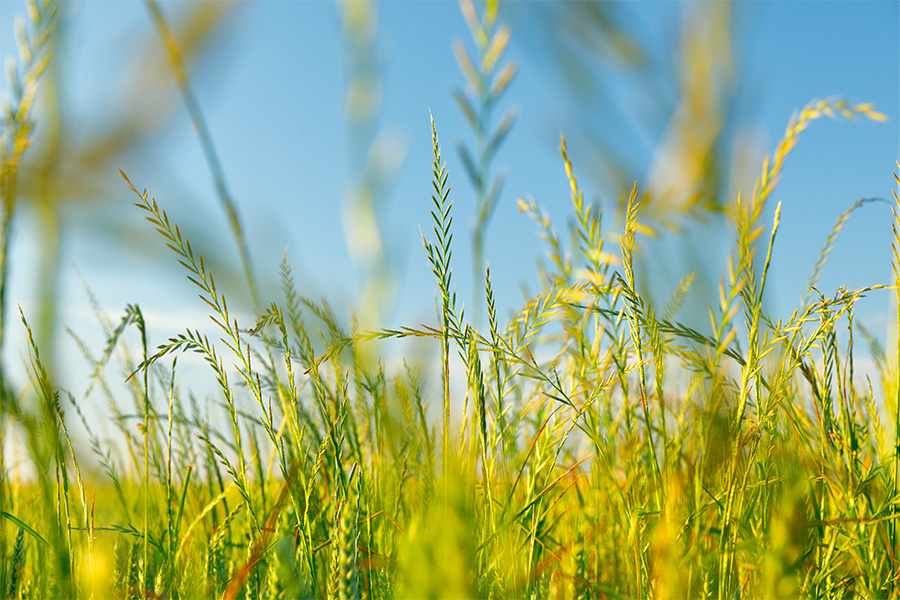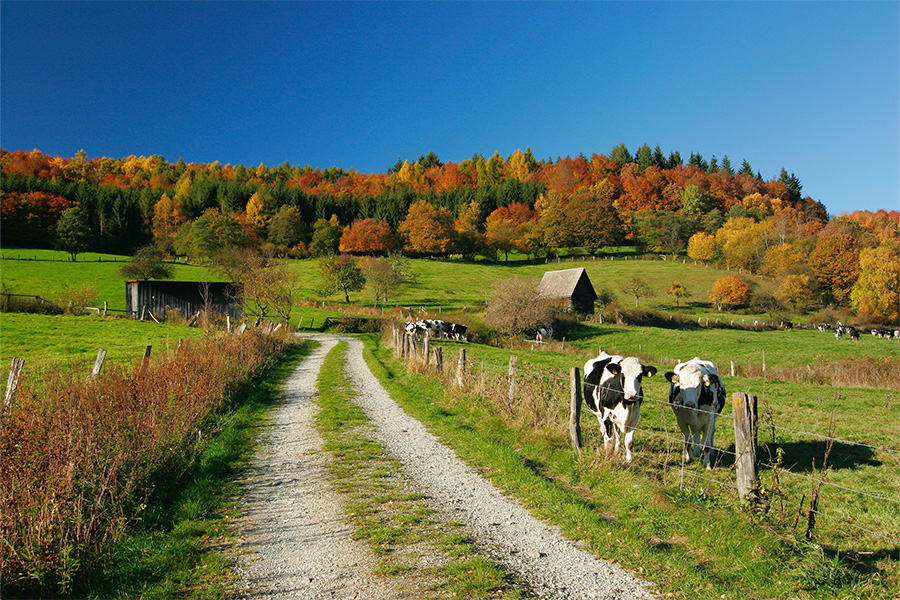Forages
-

This research report presents the results of the 2018 statewide performance tests of soybean, sorghum grain and silage, and summer annual forages. The tests for various evaluations were conducted at several or all of the following locations: Tifton, Plains, and Midville in the Coastal Plain region; Griffin and Athens in the Piedmont region; and Calhoun in the Limestone Valley region.
Dustin G Dunn, Henry Jordan, and Daniel J Mailhot
|
-

The geographic and environmental diversity of Georgia allows for the extensive use of both cool and warm season grass species. In general, cool season grass species provide higher nutritional quality than warm season grasses. In contrast, warm season grasses generally yield more than cool season grasses. Each type and species, however, offers its own unique qualities and benefits to the forage system. In this section, the most important grass species in Georgia are introduced and discussed.
Jeremy Kichler, Dennis Hancock, Ray Hicks, and Bobby Smith
|
-

Legume species add significantly to forage systems in Georgia. They are an excellent source of high quality forage, and are generally very digestible and contain high levels of crude protein (CP). Many legumes also provide substantial forage yields. Perhaps most importantly, legumes and the rhizobium bacteria that colonize nodules on their roots provide an important source of biologically-fixed nitrogen (N). This publication presents information about the most important legume species grown for forage in Georgia.
Steve Morgan, Dennis Hancock, Randy W. Franks, and Ray Hicks
|
-

This report includes results of the 2016-2017 performance tests of small grains used for grain and forage. Grain evaluation studies were conducted in five locations in Georgia, including Tifton, Plains, and Midville in the Coastal Plain region; Athens in the Piedmont region; and Calhoun in the Limestone Valley region. Small grain forage evaluation tests were conducted at five locations in Georgia and Florida, including Tifton and Plains in the Coastal Plain region, Athens in the Piedmont region, Calhoun in the Limestone Valley region, and at Marianna, Florida.
Daniel J Mailhot
|
-

Poultry litter is widely used on pastures and hayfields in Georgia. There are many benefits when it is used wisely. Producers should use nutrient management planning and recommended rates to ensure poultry litter is used in ways that maximize its benefits without harming the environment.
Julia W. Gaskin and Glendon H. Harris
|
-

The goal of this publication is to guide the user to a better understanding of basic forage quality terms and to recommend management changes that will improve forage quality. To that end, our objectives are to explain how forage quality is measured, describe how to interpret a forage analysis, present the effects of management on forage quality, and list the key management strategies that can increase the nutritive value of forage crops.
John K. Bernard, Dennis Hancock, Lawton Stewart, Uttam K. Saha, and Bobby Smith
|
-

B 911
Bermudagrass in Georgia
Bermudagrass (Cynodon spp.) is an important warm-season, perennial, sod-forming forage grass in Georgia and throughout the Southeast. Bermudagrass is productive from spring until fall and is well-suited for grazing or hay production. Several varieties of bermudagrass are used in Georgia, ranging from common bermudagrass to the high-yielding, good quality hybrid bermudagrasses. The best variety to use depends on your location in the state and the intended use.
R. Dewey Lee, Dennis Hancock, Patrick E McCullough, Glendon H. Harris, and Timothy R. Murphy
|
-

This publication outlines plant persistence and animal performance characteristics of novel endophyte-infected tall fescue and provides recommended pasture renovation practices.
Dennis Hancock
|
-

This brief management guideline provides producers with specific management tactics that may minimize the potential for short- and long-term problems. These tactics, categorized in order of early, advanced, and severe drought stages, are based on specific characteristics including water loss, forage growth, and rainfall.
R. Curt Lacy, Dennis Hancock, and Johnny Rossi
|